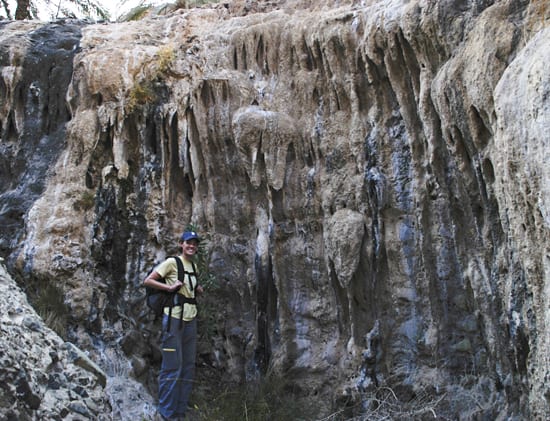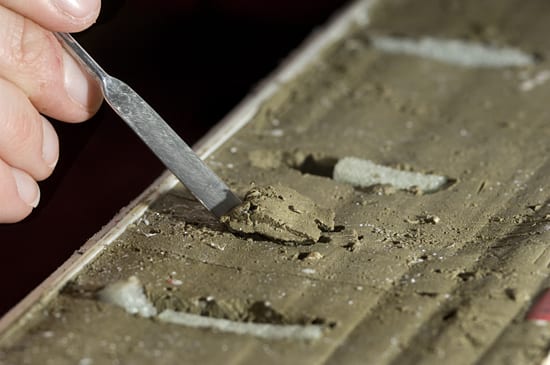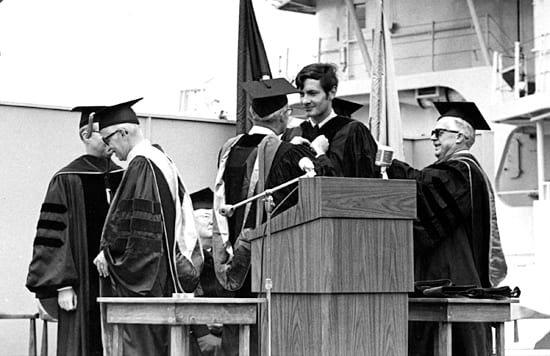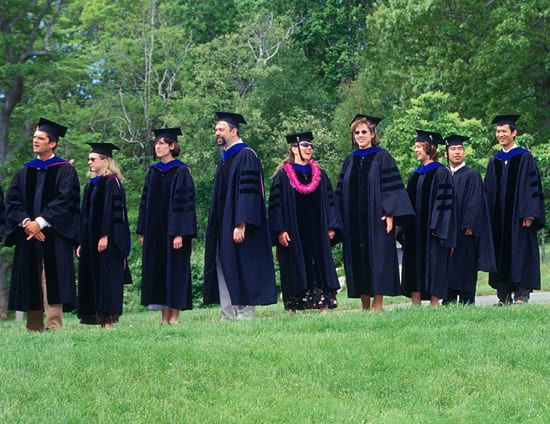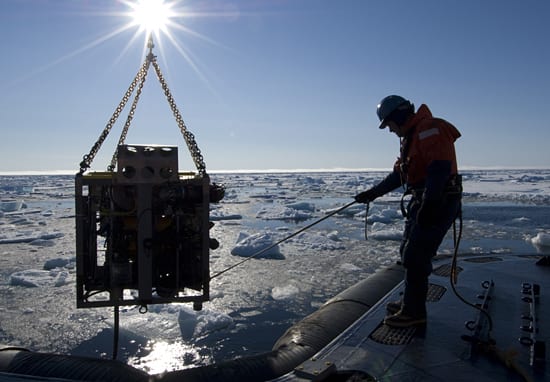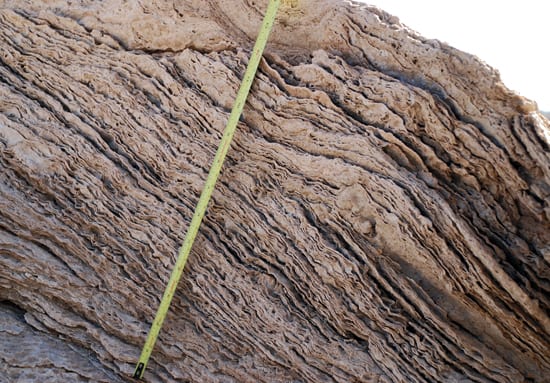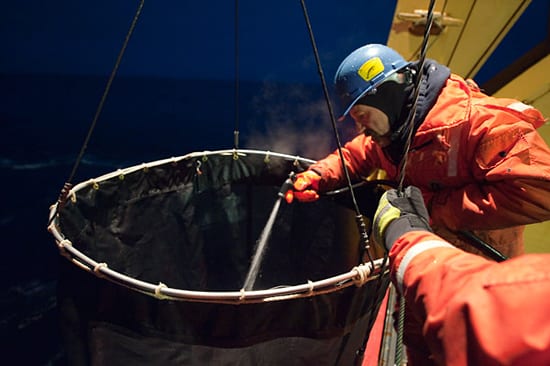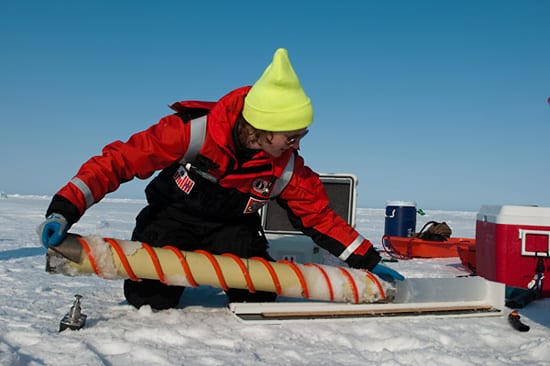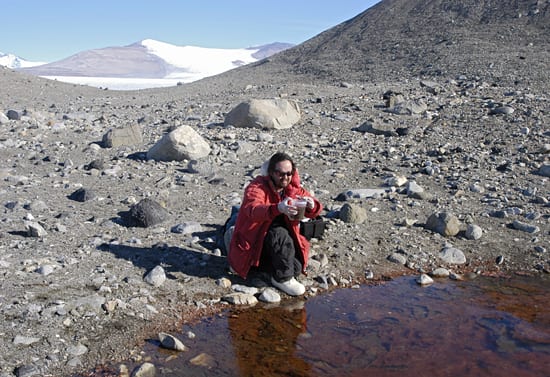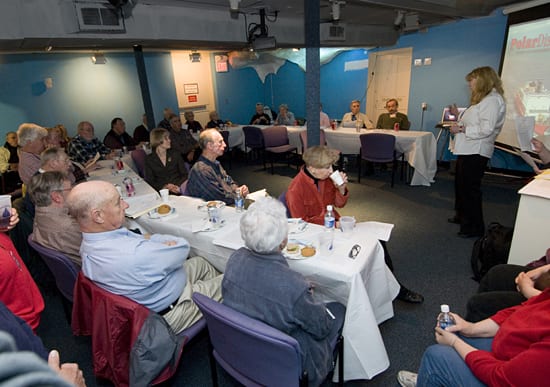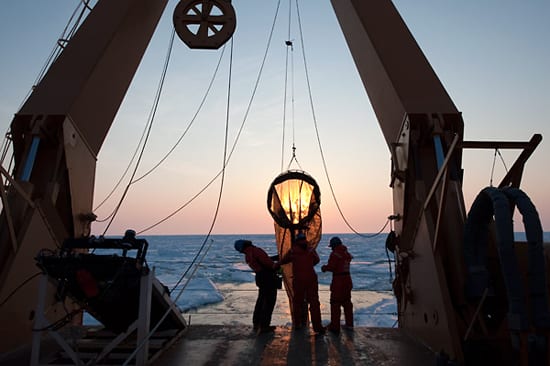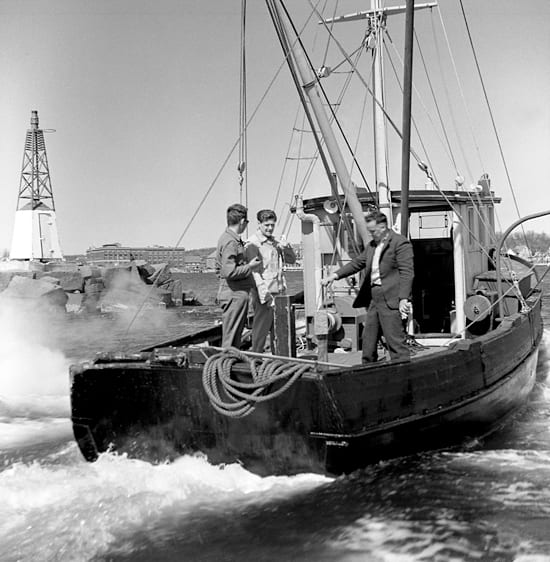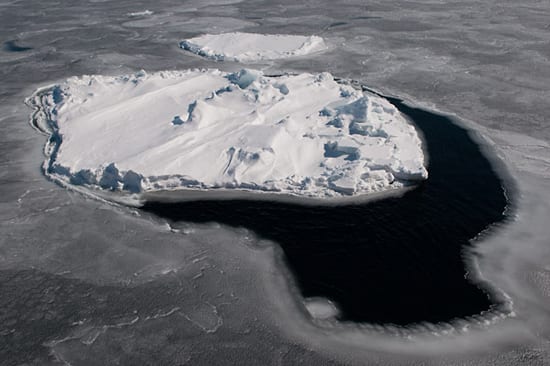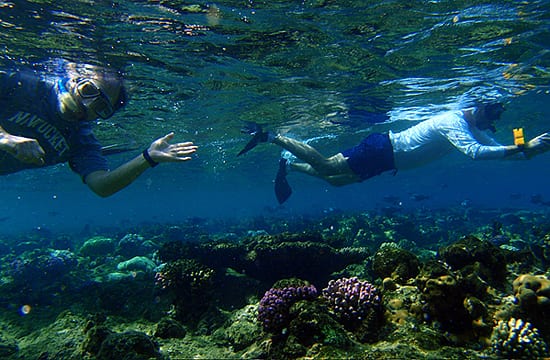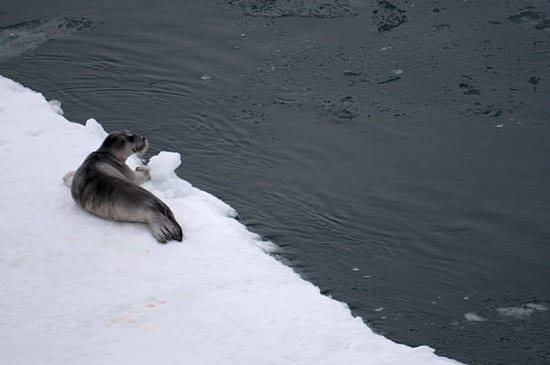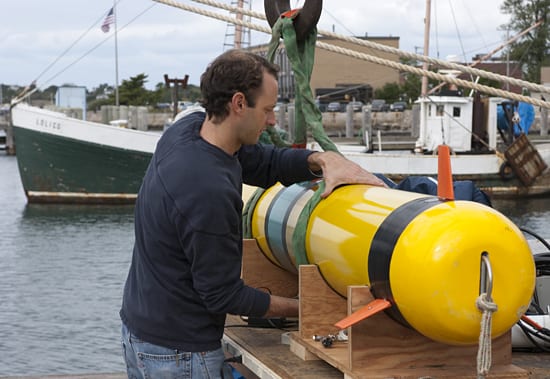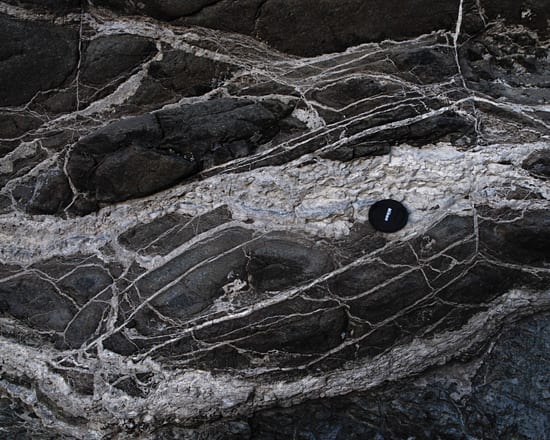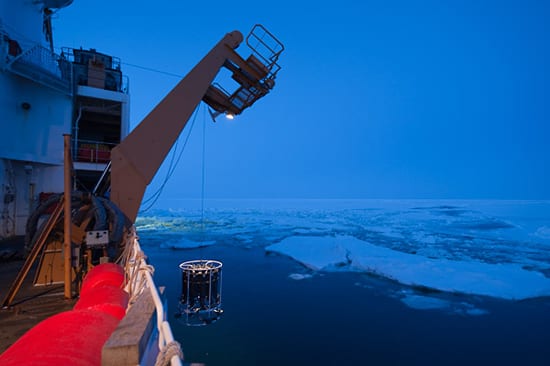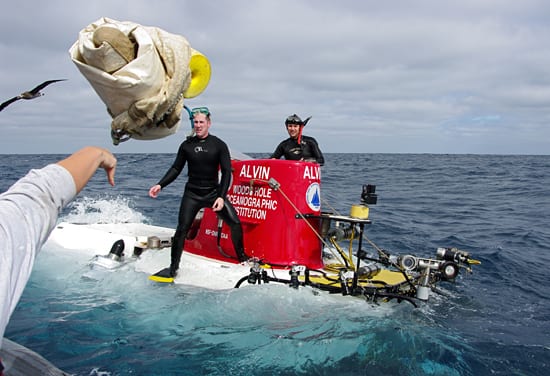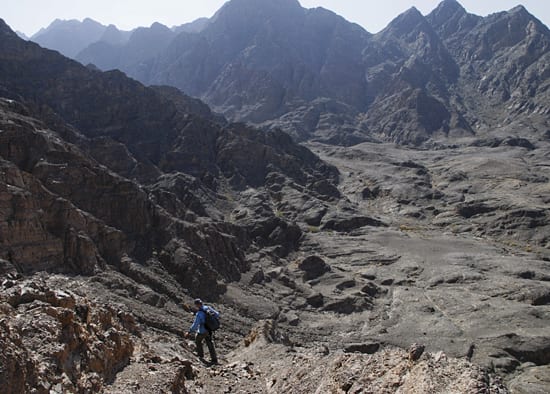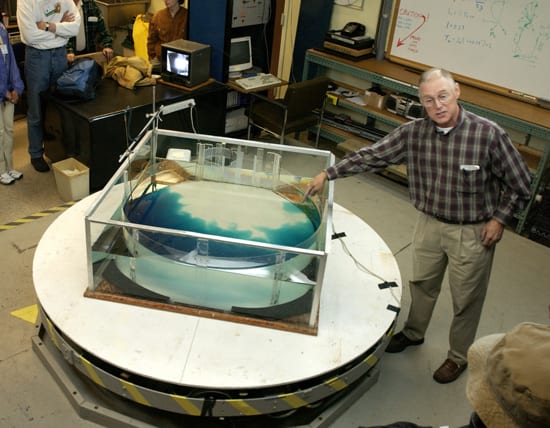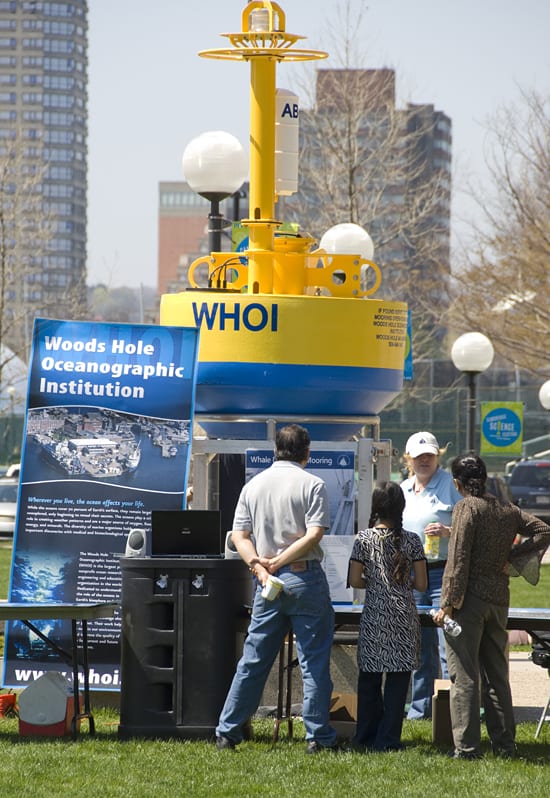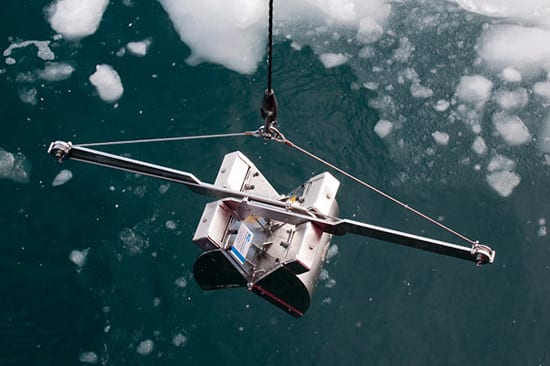Multimedia Items
Standing under a mineral waterfall
Jill Van Tongeren (a graduate student at Columbia University’s Lamont Doherty Earth Observatory) stands, for scale, underneath stalactites and stalagmites of the mineral travertine, in Oman. Evelyn Mervine, WHOI Joint…
Read MoreNo stick in the mud
Fern Gibbons, a graduate student in the MIT/WHOI Joint Program, extracts a sample of sediments cored from the seafloor. The long, round core is split lengthwise down the middle. The…
Read MoreThe first degree
From the very first student awarded a Ph.D. from the MIT-WHOI Joint Program— Frank Bohlen, here at the 1970 Commencement in Woods Hole—to the graduates of 2009 who receive their…
Read MoreTradition and new beginnings
Tassel and hood! The MIT-WHOI Joint Program‘s 2009 Ph.D. candidates will be hooded (the academic hoods’ colors and fabrics signifying the degree and field of study) in a ceremony June…
Read MoreSeize the Day
In 2000, graduates from the MIT-WHOI Joint Program in Oceanography/Applied Ocean Science and Engineering lined up on the WHOI lawn at Commencement, and Ph.D. candidate Nicole Suoja Tervalon marked the…
Read MoreBeneath the Arctic sun – far beneath
WHOI engineer John Kemp sends the sampling camera instrument Camper off on a solitary mission to the deep Arctic Ocean floor, from the Swedish icebreaker Oden. During the 2007 expedition…
Read MoreLayers of change
Graduate student Evelyn Mervine traveled to Oman recently to study an area of uplifted ocean crust exposed to the atmosphere, the Samail Ophiolite. The photo shows accumulated layers of travertine,…
Read MoreSpraying down copepods
Algae, ciliates, and other microorganisms get eaten by bigger creatures, like the zooplankton that WHOI biologist Phil Alatalo caught in his net. As part of the zooplankton team aboard the…
Read MoreIce harvest
On an expanse of ice-covered ocean, Gigi Engel, a graduate student at the University of Washington, slips an ice core out the core. She took the core to find and…
Read MoreFinding life in a harsh place
Scientist Mak Saito scoops up water on a moraine near the Ross Sea, Antarctica, in February 2009. Saito collected cyanobacteria (photosynthetic bacteria) from this polar environment for culture and analysis…
Read MoreRallying the troops for the season!
The Woods Hole Oceanographic Institution (WHOI) has more than 60 volunteers who donate their time in the Ocean Science Exhibit Center, Information Office, Archives, Peanut Butter Club, and various other…
Read MoreGone fishing for copepods
The zooplankton team aboard the U.S. Coast Guard Cutter Healy put their vertical net over the back of the boat during an April 2009 cruise in the Bering Sea to…
Read MoreCoastal stalwart
Since its beginning, WHOI has maintained a dedicated coastal vessel used by researchers studying the coastal ocean or testing equipment. In Down to the Sea for Science, celebrating WHOI’s 75…
Read MoreHole in the fabric of ice
In the middle of an expanse of ice, the U.S. icebreaker Healy came upon an unusual feature—open water, next to a large chunk of ice. Science writer Helen Fields and…
Read MoreNot in Nantucket any more
Nantucket? “If I had realized this photo might appear as Image of the Day,” said researcher Jim Churchill, here waving at the camera, “I would have worn a different shirt”…
Read MoreArctic inchworm
Photographer Chris Linder and writer Helen Fields accompanied scientists studying the Bering Sea ecosystem in April and May 2009. Together they chronicled the cruise aboard U.S. Coast Guard icebreaker Healy,…
Read MoreRobo-sailor
WHOI engineer Greg Packard prepares an autonomous underwater vehicle (AUV) called REMUS (Remote Environmental Monitoring UnitS) for loading onto the research vessel Knorr in 2004. REMUS vehicles are low-cost AUVs…
Read MoreProcess written in stone
“1” marks the spot. A marker, placed for the photo by MIT/WHOI Joint Program student Evelyn Mervine, indicates veins of altered rock in an ophiolite (uplifted, exposed former ocean crust)…
Read MoreFive miles of cable
A CTD, which stands for Conductivity, Temperature, and Depth, is one of the most basic tools for understanding the ocean. The instrument is made up of a set of small…
Read MoreAnchor aweigh
Third Mate Kami Bucholz throws the “sea anchor” to swimmers Patrick Neumann and Dave Walter as DSV Alvin breaks the surface at the end of another dive to the bottom…
Read MoreMoonwalking
Like a walk on the moon, geologist Robert Miller of San Jose State University descended into a barren, rocky wadi (valley) in Oman, at the eastern tip of the Arabian…
Read MoreThe Earth turns and the ocean swirls
Jack Whitehead, in the Geophysical Fluid Dynamics Lab he helped establish at Woods Hole Oceanographic Institution, sets up experiments to understand the formation of gyres or swirling, circular currents. Experiments…
Read MoreInterested in ocean science?
Woods Hole Oceanographic Institution (WHOI) Ocean Science Exhibit Center Manager Kathy Patterson chats with participants of the Cambridge Science Festival about ocean science. The Festival is sponsored by the MIT…
Read MoreSediment scooper
The Van Veen grab collects sediment from the ocean floor. The instrument is lowered on a cable until it hits the bottom. When it closes, it scoops up sediment —…
Read More
